Rhododendrons are so well-behaved, carefree and fit so seamlessly into the landscape. Once planted and thriving, you might actually forget these shrubs are even there—until spring.
(Above) President Roosevelt Rhododendron, Percy Wiseman Rhododendron, and Black Mondo Grass grow around a rustic gate.
Most of the year rhododendron shrubs hang out in the background. They provide impressive, sturdy structure and rich, often evergreen leafy texture to deep borders or along foundations. Or, as accent plants in island beds and along fences. Seemingly overnight, clusters of fat buds burst into a riot of color. With huge displays of flowers atop those familiar large, leathery leaves, you suddenly remember why you layered these easy-to-grow shrubs into the garden in the first place. (And, look for places to add a few more).
Start by selecting the superior varieties that Monrovia chooses to grow. Then you'll be starting with varieties that have improved qualities, such as greater disease resistance and longer blooming. Nurtured at our nurseries with the right soil, water, and care by our craftsmen. Your rhododendrons will get off to a great start in your landscape, making these shrubs easy and fuss-free. Here is what you need to know to grow rhododendrons in your garden.
Rhododendron Care: At A Glance
- Sunlight: Most rhododendrons prefer filtered and part sunlight, but some varieties can tolerate full sun in cooler climates. Be sure to plant in an area with afternoon shade if you live in an area with hot summers.
- Soil: Plant in well-draining, acidic soil with a pH between 4.5 and 6.0. Add organic matter to improve texture and drainage.
- Watering: Provide consistent moisture during the first growing season, and water deeply during dry spells once established. Avoid waterlogged soil.
- Fertilizing: Apply a balanced or acidic fertilizer in early spring and after flowering to support healthy growth.
- Pruning: Remove dead or diseased wood as needed, lightly prune after flowering to control size and encourage root growth.
- Pests and Diseases: Watch for common issues like fungal diseases, insect infestations, and structural damage. Maintain a healthy growing environment and address problems promptly.
- Companion Plants: Choose plants with similar light and soil requirements to create a harmonious and long-lasting display.
What are Rhododendrons?
Rhododendrons are shrubs, often evergreen. They are either native to North America or hybrids grown for desirable attributes. For instance, height, color, and adaptability to regional climates. Their flowers are tubular-, funnel-, or bell-shaped—and depending on variety, can be fragrant.
With more than 900 known species in the genus and availability in a range of sizes, habits, and flower color, rhododendrons are one of the most useful shrubs in the home landscape. Though we often speak of them as different groups of plants, rhododendrons and azaleas both belong to the genus Rhododendron.
While both are stars in the landscape, Rhododendrons typically have much bigger flowers than azaleas. They bloom later, and are open and not as dense in their habit. (All good reasons to mix and mingle them in the landscape).
How to Choose the Best Rhododendron for Your Garden
Picking the perfect rhododendron for your garden can be a delightful challenge with so many stunning varieties to choose from. To make the selection process easier, consider these key factors:
- Your hardiness zone (most thrive in Zones 5–8, with some hardy in Zones 4 or 9)
- Available planting space (from compact varieties perfect for containers to hedge-height beauties)
- Desired bloom time (early or late in the season)
- Favorite color (choose from a palette of white, red, pink, purple, orange, or yellow)
Once you've determined your growing zone and the ideal size for your space, the real fun begins! Consider when you'd like your rhododendron to bloom and what color speaks to your heart. With these factors in mind, you'll be well on your way to finding the perfect variety to enhance your landscape.
While rhododendrons are relatively easygoing, they have some specific planting and care needs. To keep the show going even longer, remember to choose companion plants with similar light and soil requirements.
3 Compact Rhododendrons for Your Garden
Ramapo
Rhododendron
This beautiful dwarf rhododendron has large trusses of lovely purple spring flowers that provide a beautiful contrast to the green foliage. A very compact evergreen shrub that is perfect for small gardens in cool, damp climates. Up to 3' tall, 4' wide. Zones 4- 8.
Cunningham's White
Rhododendron
This dense-growing evergreen shrub is a highly valued landscape ornamental. Large trusses of showy white flowers create a beautiful contrast to the dark green leaves. Thrives in cooler regions but benefits from protection from winter winds. Up to 4' tall and wide. Zones 5-8.
Bubblegum
Rhododendron
Trusses of bubblegum pink, lightly scented flowers explode on this compact evergreen in spring, offset by showy reddish stems and a dense backdrop of small deep green leaves that turn bronze over the winter months. Up to 4' tall and wide. Zones 5-8.
3 Rhododendrons for Colder Zones (4 - 9)
P.J.M.
Rhododendron
A durable yet charming rhododendron with small trusses of bright lavender-purple blooms. The evergreen foliage takes on a mahogany-brown winter color. This variety is noted for its tolerance for heat as well as cold. Up to 5' tall and wide. Zones 4–8.
Pink Rosebay
Rhododendron
Spectacular late spring showy trusses of enchanting pink flowers on a vigorous, large shrub. Tolerates heavy shade and thrives in cooler regions but benefits from protection from winter winds. Up to 8' tall, 10' wide. Zones 4-9.
Nova Zembla
Rhododendron
A small, dense, upright, evergreen shrub prized for its large trusses of showy, bright red flowers. A cold hardy rhododendron that thrives in cooler regions but benefits from protection from winter winds. Up to 5' tall and wide. Zone 4-8.
3 Rhododendrons for Warmer Zones (5 - 9)
Sneezy
Rhododendron
A dense-growing evergreen shrub valued for its large trusses of showy, soft pink flowers with darker pink margins and a dark red blotch on each upper petal. Prefers cooler regions but some protection from winter wind is helpful. Zones 5-9.
Percy Wiseman
Rhododendron
Lovely spring flowers emerge in shades of peach, pink, and cream on a versatile and vigorous shrub. Ideal to use for a mass planting, low hedge or foundation plant, but works equally well as a landscape accent or specimen. Up to 3' tall, 4' wide. Zones 5-9.
PHOTO: GAP Photos/FHJ Greenmedia
President Roosevelt
Rhododendron
A stunning evergreen with prominently variegated foliage and blooms. A sprawling habit with deep green leaves, each accented with an irregularly shaped, bright golden yellow center. Vibrant, red flowers with visible white centers explode in spring. Up to 5' tall and wide. Zones 7-9.
Where and When to Plant Rhododendrons
When it comes to planting rhododendrons, choosing the right location and timing is key to their success. Most rhododendron plants prefer filtered sunlight and acidic soil, but some modern varieties can tolerate a wider range of conditions, including full sun in cooler climates. Always check the plant tag for specific requirements and don't hesitate to ask your local garden center for advice if needed.
Consider these factors when selecting a spot for your rhododendrons:
- Light: Filtered or partial sun, with morning sun being best. Plant in an area with afternoon shade in areas with hot summers.
- Soil: Rhododendrons thrive in acidic soil with a pH between 4.5 and 6.0. Apply aluminum sulfate if needed to lower the pH.
- Protection: In colder regions (Zone 4), planting near a windbreak can help protect your rhododendrons from harsh winter winds.
The best time to plant rhododendrons depends on your climate:
- Mild and hot climates: Fall planting allows the plant's roots to establish during the cooler months.
- Cold climates: Early spring is ideal, with early fall being a good second choice.
Regardless of your climate, aim to plant when temperatures are cooler to allow the roots to establish before the stress of summer heat or winter cold. With the right location and timing, your rhododendrons will thrive and bring stunning blooms to your garden for years to come.
Soil Preparation for Rhododendrons
When you consider that native rhododendrons thrive in the dappled woodland shade and under trees with which they have grown, it is easy to understand their preference for moist, well-drained soils high in organic matter. Rhododendrons and azaleas have shallow fine hair-like roots and do not tolerate water-saturated soil conditions--but do require moist soils. Monrovia's rhododendrons are container-grown in a custom soil blend with added mycorrhizae. Therefore, once planted in the correct soil, they will naturally get off to a great start. If your soil lacks excellent drainage, amend prior to planting with a mix made for acid-loving plants.
How to Care for Rhododendrons
Once established in a location that suits their particular needs, rhododendrons are typically fuss free. They need only the basics--food, water, and pruning--to thrive.
- Watering: Because of those shallow roots plants need consistent water during the first growing season. If there is no rain, water deeply twice a week. In subsequent years, once plants are established, water is generally only needed during dry periods (2 to 3 weeks without rain). Remember, many a rhodie has been felled by sitting in wet soils. So, always allow the soil to dry between waterings.
- Feeding: If your garden's soil isn't wonderfully rich or fertile, your rhododendrons will appreciate fertilizer. If your soil is naturally acidic, use a balanced fertilizer. If not, use a specialty acidic fertilizer. Feed in early spring as flower buds swell.
- Pruning: Here's the good news: rhododendrons neither need nor respond well to frequent hard pruning, so you can holster the clippers. However, pruning to remove dead or diseased wood can be done at any time. Or, pruning lightly to control size after flowering will not harm your plant. After flowering, deadhead by snapping off spent flower clusters to encourage root growth.
Protecting Your Rhododendrons from Common Pests and Diseases
Rhododendrons, while beautiful and beloved, can fall victim to various pests and diseases that can hinder their growth and vitality. It's important to be aware of these potential threats and take proactive measures to keep your plants healthy and thriving.
Some common issues to watch out for include:
- Fungal diseases like powdery mildew, leaf spot, and root rot
- Insect infestations from lace bugs, weevils, thrips, and aphids
- Structural damage caused by borers, leafminers, and caterpillars
The best defense against these problems is maintaining a healthy growing environment for your rhododendrons. Proper planting techniques, well-draining soil, and adequate sunlight and airflow can go a long way in preventing disease and deterring pests. Regularly inspecting your plants for signs of trouble and addressing issues promptly can also help mitigate damage and keep your rhododendrons looking their best.
6 Companion Shrubs for Rhododendrons for Near-Continuous Color
Part of the pleasure of having rhododendrons in your garden is how well they play with other acid-loving, filtered light, or semi-shade shrubs. Here are just a few spectacular (and unexpected!) plants to consider when building a bed, border, or focal point.
Enchanted Forest®
River Nymph™ Pieris
An exquisite, prolific flowering variety. Huge clusters of showy buds are on display throughout late winter, opening to pristine white, bell-shaped flowers, followed by glossy red new foliage. Zones 6-8.
Bountiful Blue®
Blueberry
An award-winning variety with the bluest of foliage! Pink-blushed flowers produce a big crop of large, sweet, juicy berries on a compact, mounded shrub. Up to 4' tall and wide. Zones 6-10.
Sparkler® Arrowwood
Viburnum
A densely branched, upright, deciduous shrub with lustrous, dark green, ruffled foliage that turns bright yellow to red in fall. Creamy white, flat-topped umbels give way to large clusters of showy blue-black berries that will delight birds. Up to 15' tall and wide. Zones 4-9.
Snow Queen
Oakleaf Hydrangea
Large, dense, white flower clusters are held upright above the dark green oak leaf-shaped foliage. The midsummer blooms develop a rosy-pink hue in the fall as the leaves turn deep red-bronze. Up to 5' tall, 6' wide. Zones 5-9.
Arnold Promise
Witch Hazel
Flowers with wavy clear yellow petals and red cups appear on the bare branches of this unusual shrub, supplying blazing color in late winter. Up to 12' tall and wide. Zones 5-9.
Pink Dawn
Viburnum
After putting on a late winter to early spring show of pink flower clusters, the thick, lustrous, rich green leaves cloak its cinnamon-colored branches. Foliage transforms to bright hues in autumn, accompanied by blue ornamental fruit. Up to 10' tall, 8' wide. Zones 5-8.
Get More Plant Care Tips and Guides
- Sign up for the Grow Beautifully Newsletter. You'll get gardening tips, design ideas, free digital guides, and live webinar invites. Plus, new, exclusive plant information is delivered straight to your inbox twice a month.
- Shop all Rhododendrons
- Our Top 10 Gardening Tips
- Guide to Pruning Flowering Shrubs
- Find the Best Plants for Your Garden
- Pruning Ornamental Grasses
- Inspiring Garden Ideas
- Check out the "Garden Tips" section of the blog. Here, you can find care guides and garden tips on various plants.
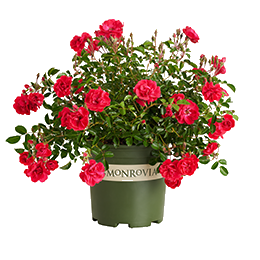
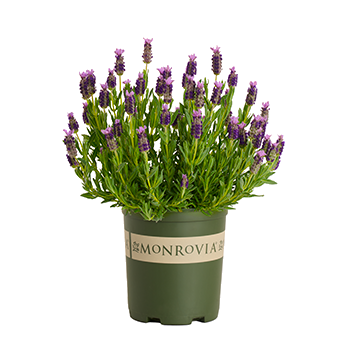
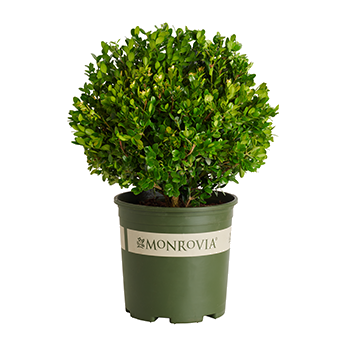

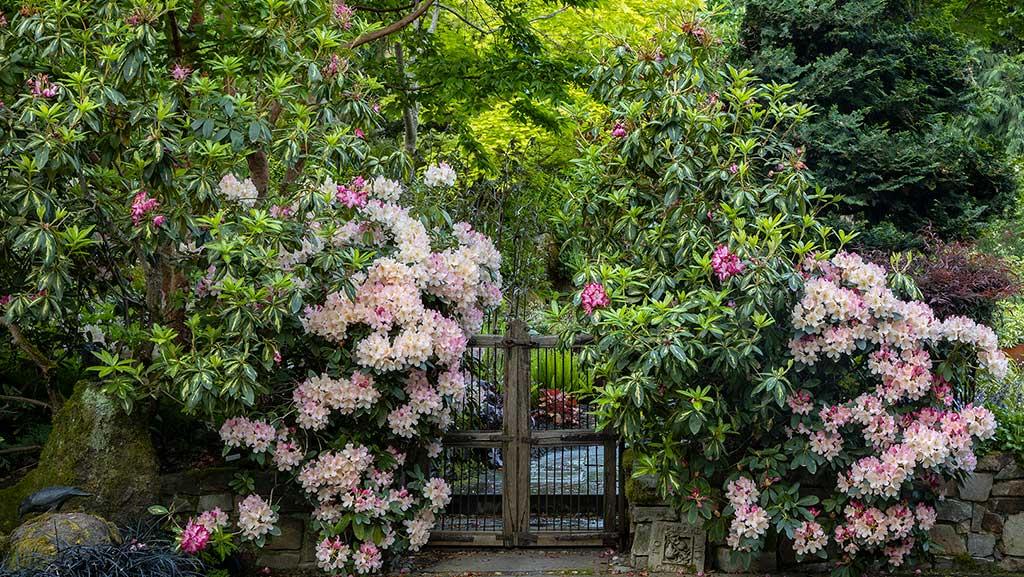
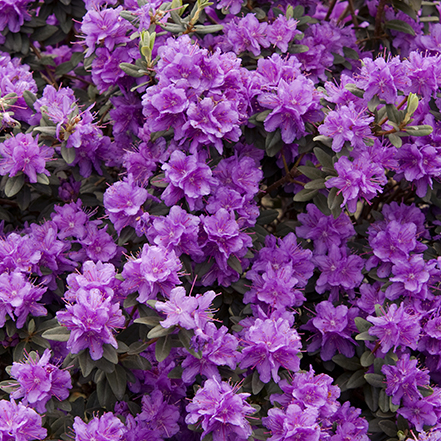
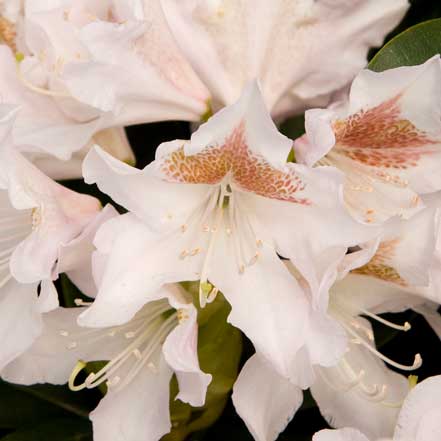
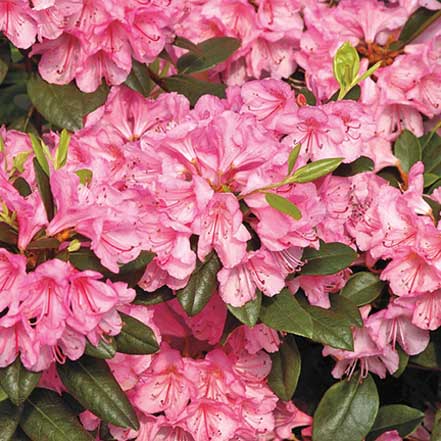
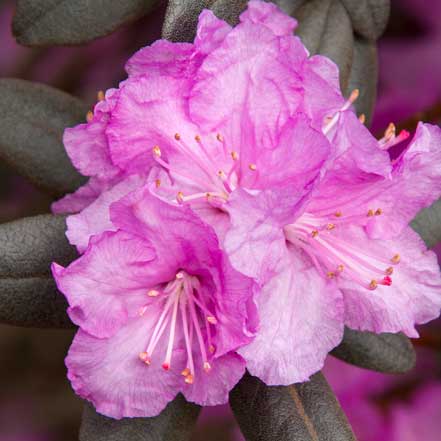
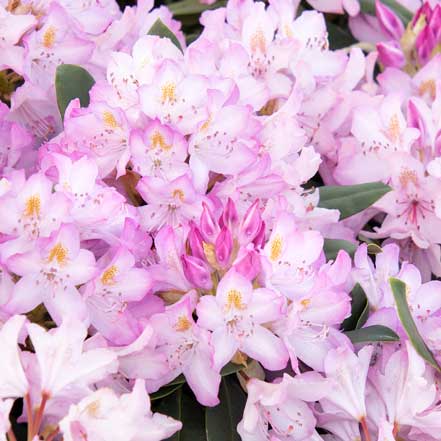


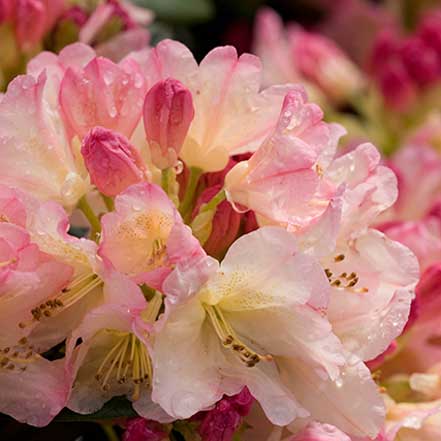

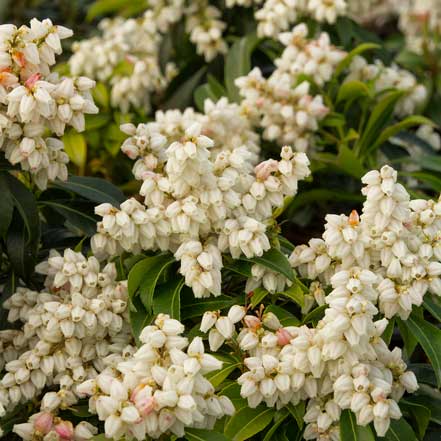

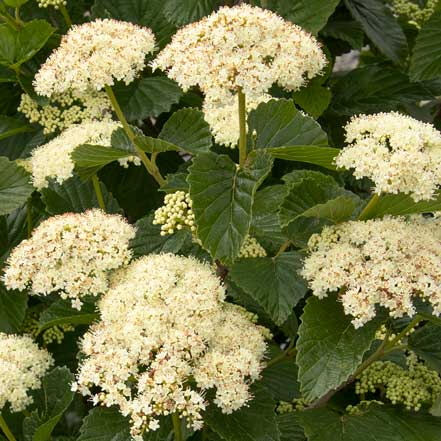
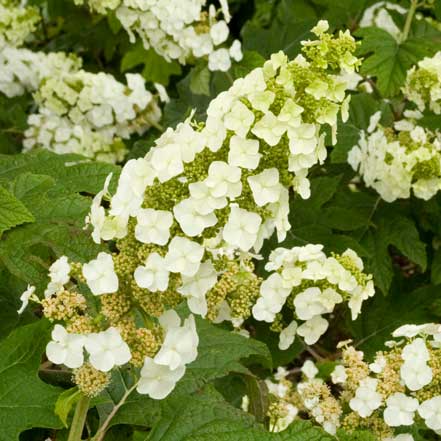
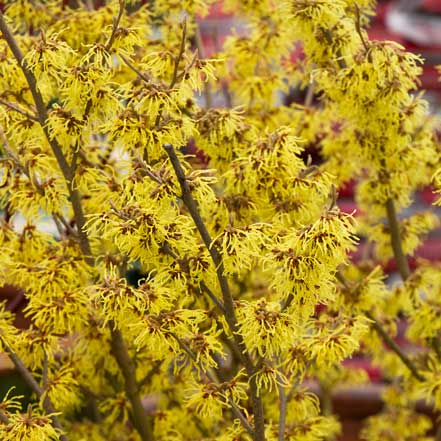

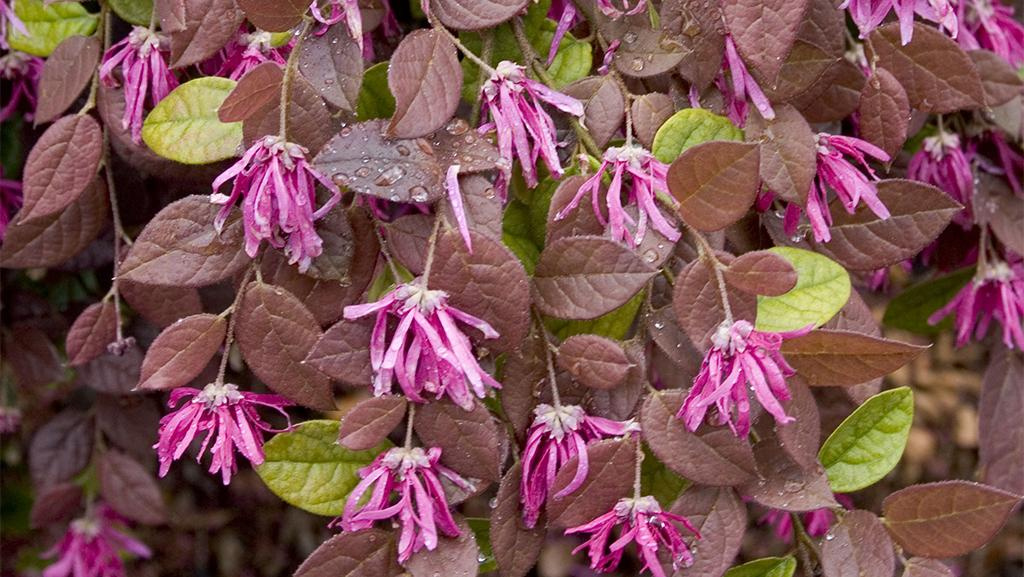
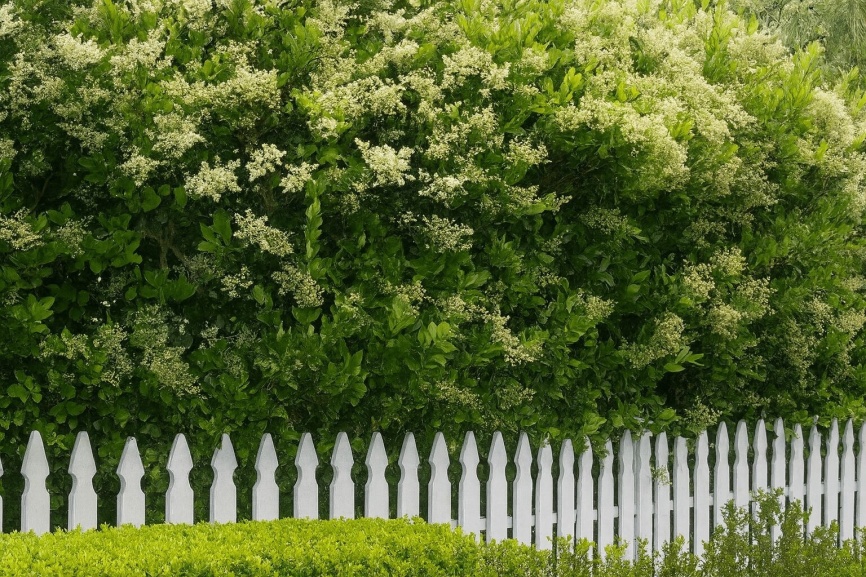
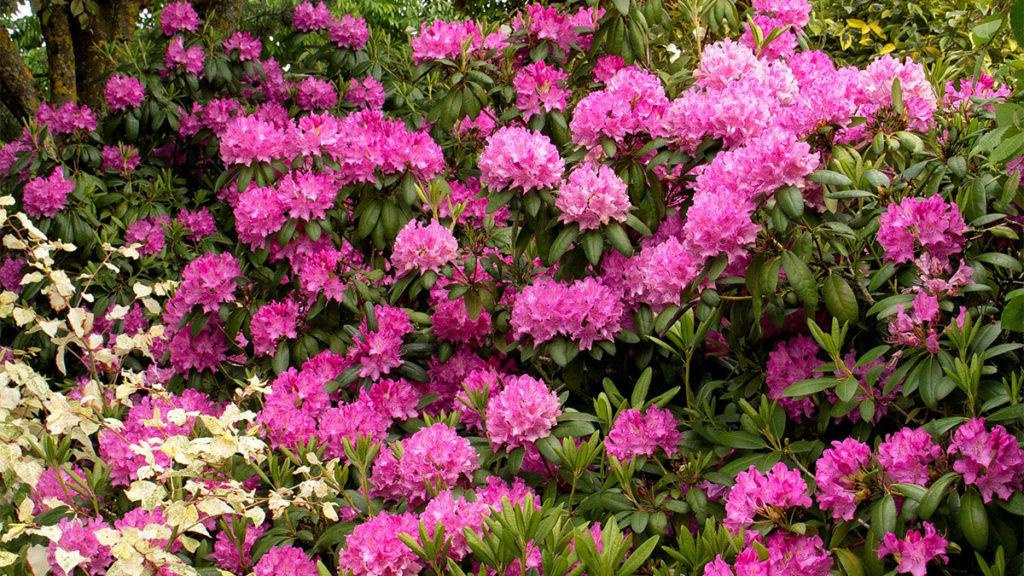
Please login to comment.
Don't have an account?
Sign Up for free